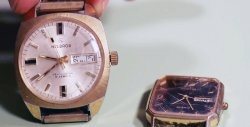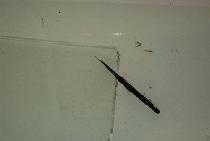The Samsung i9190 Galaxy s4 mini was chosen as the “experimental” phone. The glass of the device was cracked, which has not yet been replaced. To protect the screen from dust and moisture getting inside, as well as from further cracking, it was decided to temporarily stick a protective glass on the phone. Glass has a number of advantages over film:
- the ability to protect the glass of the device from cracking when dropped with the display facing down;
- scratch resistance;
- ease of gluing;
- excellent fixation with the screen;
- aesthetic appearance.
Preparation of the workplace
In order to save money, glass was ordered from one of the Chinese sites. It came with two napkins in individual packages:
1. wet, with cleaning and degreasing impregnation;
2. dry non-woven.
If such wipes are not included in the kit, they can be replaced with a regular alcohol wipe (or a cotton pad soaked in vodka or alcohol) and a microfiber cloth. You may also need clear tape to remove tiny fibers from the screen.
The work area should be solid (such as a kitchen table) and well lit.Otherwise, dust and stains may go unnoticed when gluing glass.
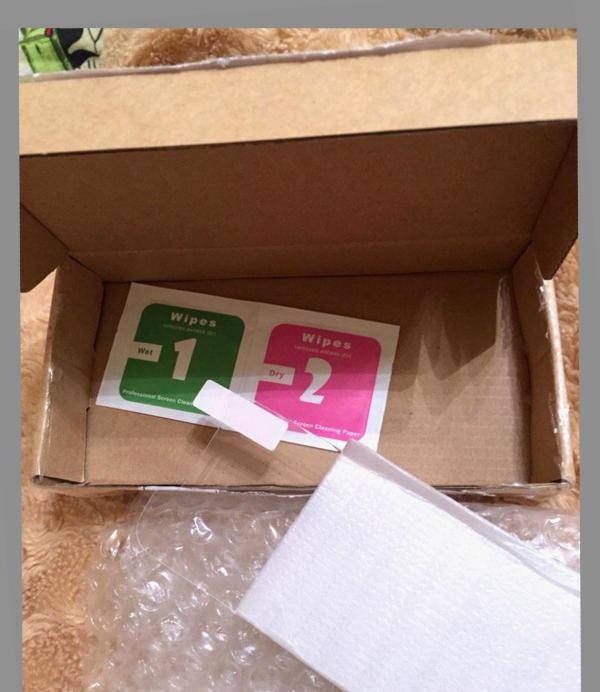
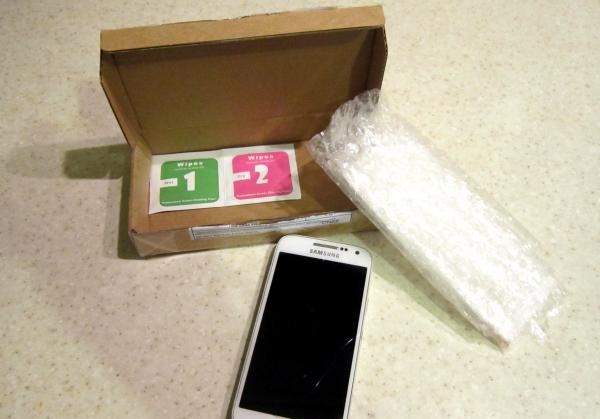
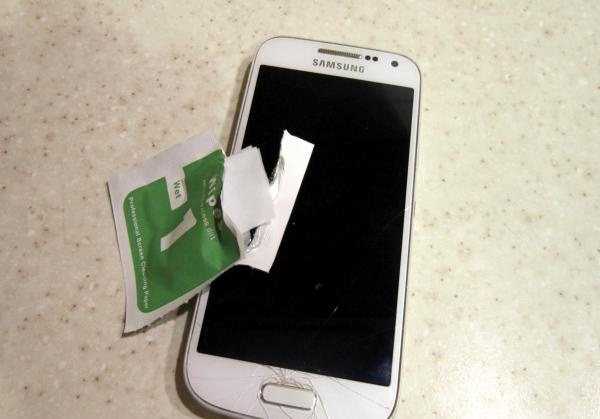
Preparing the phone glass
1. Wash your hands to avoid accidentally leaving greasy fingerprints on the glass and phone.
2. If there is a protective film on the phone, remove it.
3. Take an alcohol wipe (in our case, it’s the wipe from bag No. 1) and wipe the entire phone screen centimeter by centimeter, without missing a single spot.
4. Take a microfiber cloth (we used a tiny cloth from package #2) and wipe the glass dry.
5. Look at the phone in the light to see if there are any untreated areas, dust particles or lint left on it. If any are noticed, they can be removed using the sticky side of ordinary transparent tape, followed by microfiber treatment.

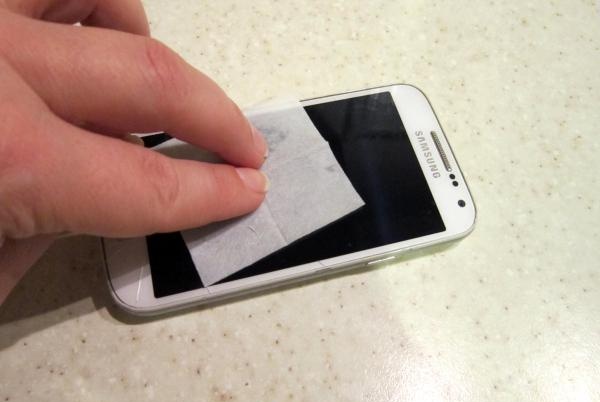

Glass gluing
- The glass has a protective film on one side, which must be removed by pulling the tab before gluing. The glass must be held by the sides at all times to avoid leaving marks on it.
- Having freed from the film, this side of the glass needs to be brought to the phone screen, aligning it as much as possible with the edges of the display, buttons and speaker.
- After making sure that all the guidelines are met and the glass is aligned with the edges, lower it onto the screen. The silicone coating of the protection promotes self-adhesive glass.
- If you find any air pockets under the glass, remove them with a napkin by smoothing them through the adhesive protection.
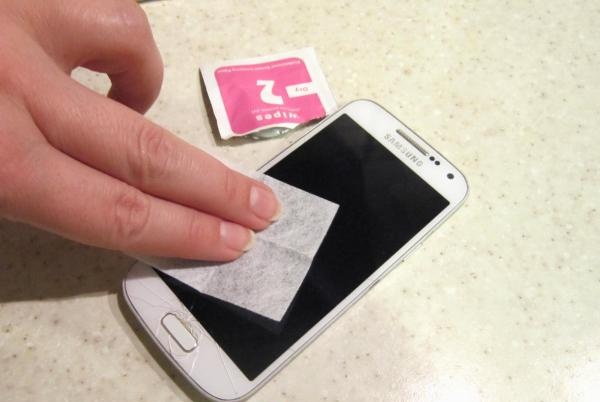




Ready!
